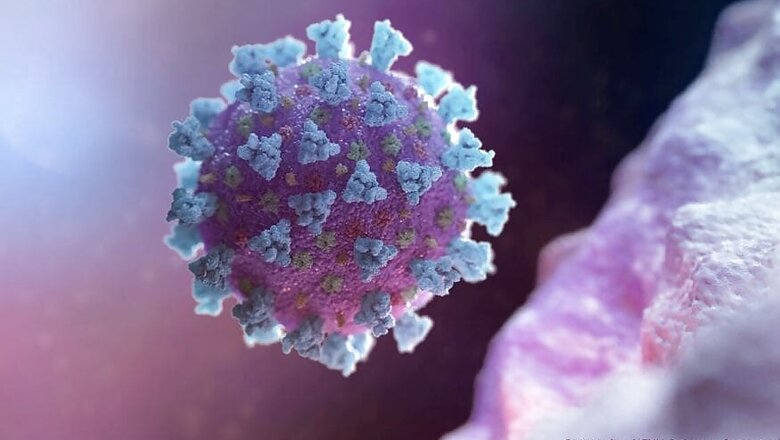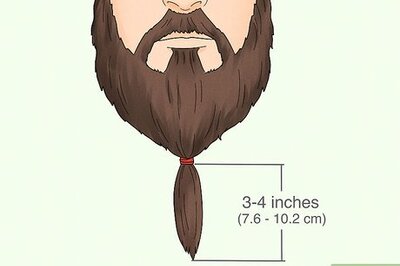
views
While the rate of COVID-19 incidence may decrease with increasing temperatures up until 11 degrees Celsius, further warmer temperatures do not decrease disease transmission significantly, according to a study conducted in the US.
The study, published in the journal Clinical Infectious Diseases, found that a higher ultraviolet (UV) index also assists in slowing the growth rate of new cases, but the overall impact remains modest. Precipitation patterns did not appear to have any effect on virus transmission, according to the researchers.
The researchers at Mount Auburn Hospital analysed daily reported cases of SARS-CoV-2 infection across the US from January 20 through April 3, as tracked by John Hopkins University's COVID-19 Dashboard.
They estimated associations between temperature, precipitation, UV Index, as tracked from the US National Centers for Environmental Information, and rate of case increase.
"While the rate of virus transmission may slow down as the maximum daily temperature rises to around 52 degrees Fahrenheit (11 degrees Celsius), the effects of temperature rise beyond that don't seem to be significant," said first author Shiv T Sehra, Assistant Professor of Medicine at Harvard Medical School in the US.
"Based on our analysis, the modest association suggests that it is unlikely that disease transmission will slow dramatically in the summer months from the increase in temperature alone," Sehra said.
The team also modelled what the impact would be if a state remained within a maximum temperature range, demonstrating five different scenarios: less than minus 1 degrees Celsius, between minus 1 and 4.5 degrees Celsius, between 4.5-10 degrees Celsius, between 10-15.5 degrees Celsius, and over 15.5 degrees Celsius.
The lowest rate of new cases was observed on days where the temperature was above 10 degrees Celsius five days earlier, the researchers said.
The highest increase in infection rates were detected on days when the maximum temperature was below minus 1 degrees Celsius, they said.
While previous studies on SARS-CoV-2 in the lab setting showed that the virus survives for shorter duration in higher temperatures and is inactivated by UV light, few have looked at the effects of temperature, precipitation or UV light on the rates of virus transmission in the community, the researchers said.
"To the best of our knowledge, this is probably one of the first peer-reviewed studies that examine the influence that temperature, precipitation and UV light have in terms of virus transmission in the general population across the United States," said Sehra.
















Comments
0 comment